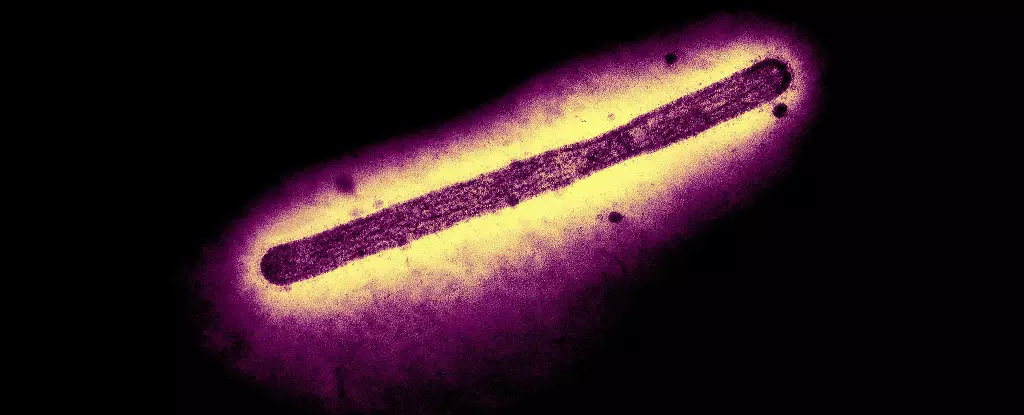The re-emergence of avian influenza, notably the H5N1 strain, has raised alarms among health experts in the United States. While public focus traditionally rests on human health outcomes, recent developments indicating infections in felines add an unsettling layer to an already complex situation. This article delves into the most pressing aspects of the ongoing crisis, particularly concerning human cases, transmission risks, and the potential for broader impacts on both human and animal health.
The Centers for Disease Control and Prevention (CDC) has recently reported a significant case involving an elderly patient in Louisiana who is critically ill with H5N1. This case is particularly concerning, as genetic analysis of the virus indicates that it has developed mutations enabling better binding to cell receptors within the human upper respiratory tract. While it is essential to note that these mutations have not been found in avian populations, the implications of such changes warrant scrutiny. The CDC’s findings suggest that the virus underwent alterations during replication within the patient, raising questions about both the pathogenicity and transmissibility of H5N1 in humans.
Despite these concerning developments, leading experts, including virologist Angela Rasmussen, emphasize a measured perspective. The presence of mutations alone does not signal an inevitable escalation into a pandemic. Instead, many factors contribute to a virus’s potential for widespread transmission, and early assessments may mislead public perception. Notably, previous instances involving similarly mutated strains have not resulted in broader outbreaks, illustrating the complexities involved in evaluating viral behavior and spread.
As strain analysis continues, the focus expands to animal hosts, particularly our domestic companions like cats. A distressing incident in Oregon involved the death of a cat due to consuming H5N1-contaminated raw pet food, which prompted a recall of the product in question. This incident underscores the crucial intersection between animal and human health; an infected pet may inadvertently serve as a vector for transmission. Even strictly indoor cats are at risk, given that their food sources may bear the virus.
Moreover, reports of several big cats at a sanctuary in Washington succumbing to bird flu further illustrate that the virus does not discriminate based on species. This creates a ripple effect whereby infection in animal populations poses an increased risk to human health, especially in more intimate settings where human-animal interactions occur. As veterinarian insights reveal, outdoor cats could potentially bring the virus home, heightening concerns about household exposure to H5N1.
Another area of scrutiny is the current epidemiological landscape concerning bird flu’s prevalence. With 65 confirmed human cases in 2024, experts worry that the vast number of circulating infections increases the chances of viral reassortment—an event that could yield a more transmissible strain, akin to those that caused pandemics in the past. The fear of rapid evolutionary changes is not unfounded, given that heavily circulating viruses can pick up genetic material from co-infecting strains, leading to unforeseen adaptations.
The potential collision between avian influenza and seasonal influenza complicates public health prevention strategies. Should these two viruses mix, health officials could face an entirely new viral entity, capable of evasion through existing immunity in the population. The lessons of history remind us of the devastating consequences of such viral dynamics, particularly when compounded by large-scale outbreaks.
While the CDC and health experts remain vigilant, the understanding of bird flu’s implications in both humans and animals is far from complete. Tracking viral mutations, monitoring cases in domestic animal populations, and ensuring the public is informed about transmission risks is critical to preventing future public health crises. The landscape may remain complex, requiring adaptive strategies and a commitment to ongoing research to navigate the uncertainties posed by avian influenza.
Through a concerted effort linking public health, veterinary sciences, and effective communication, the risk of H5N1 can be better managed. As the narratives unfold, we must focus on an integrated health approach to safeguard not just the human populace, but also the animal counterparts who share our ecosystems.


Leave a Reply